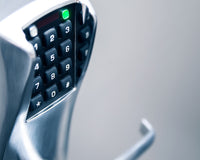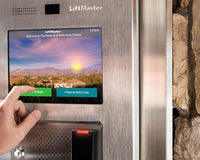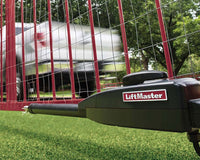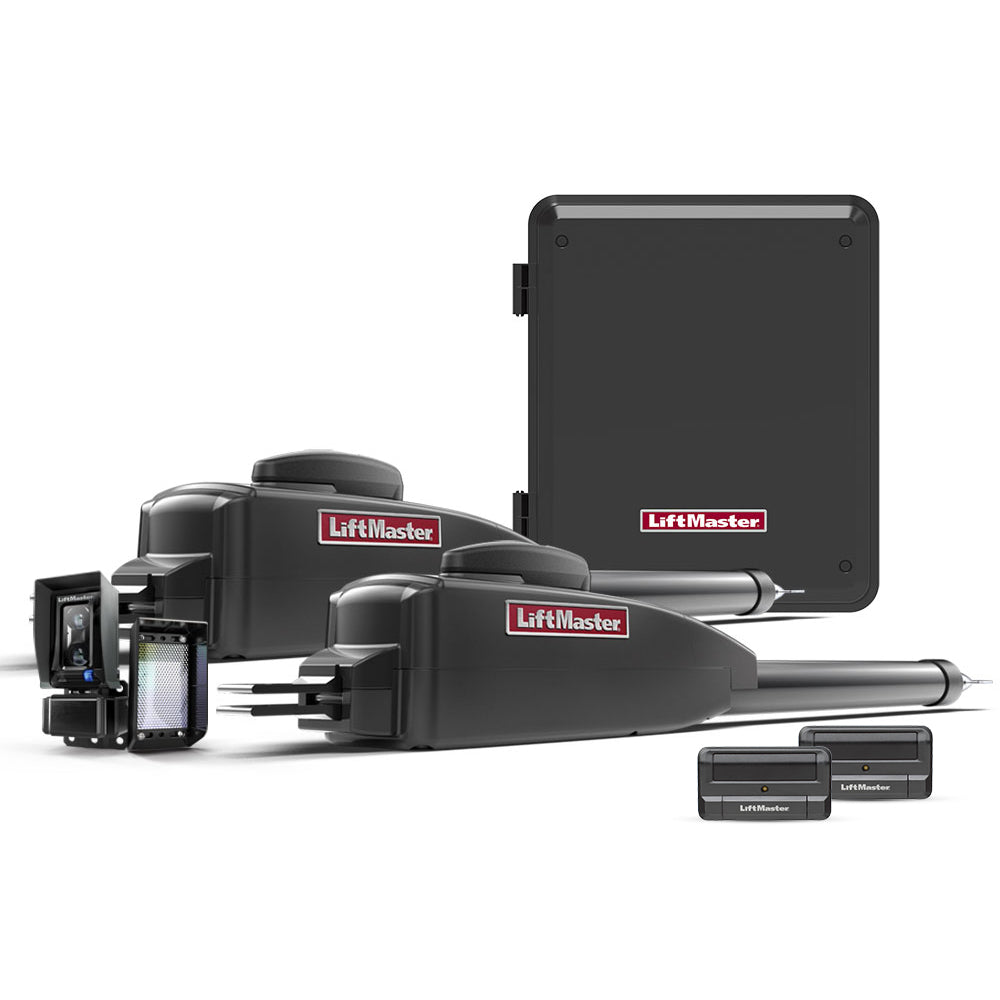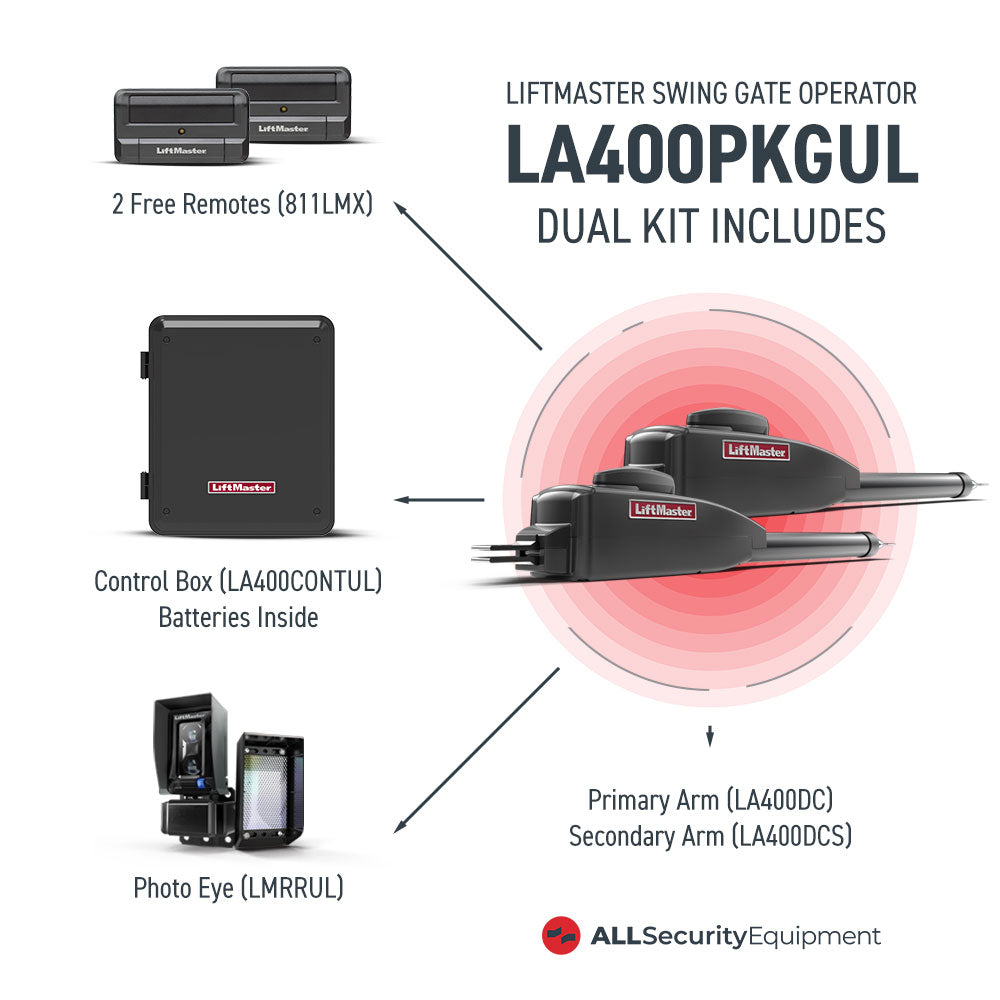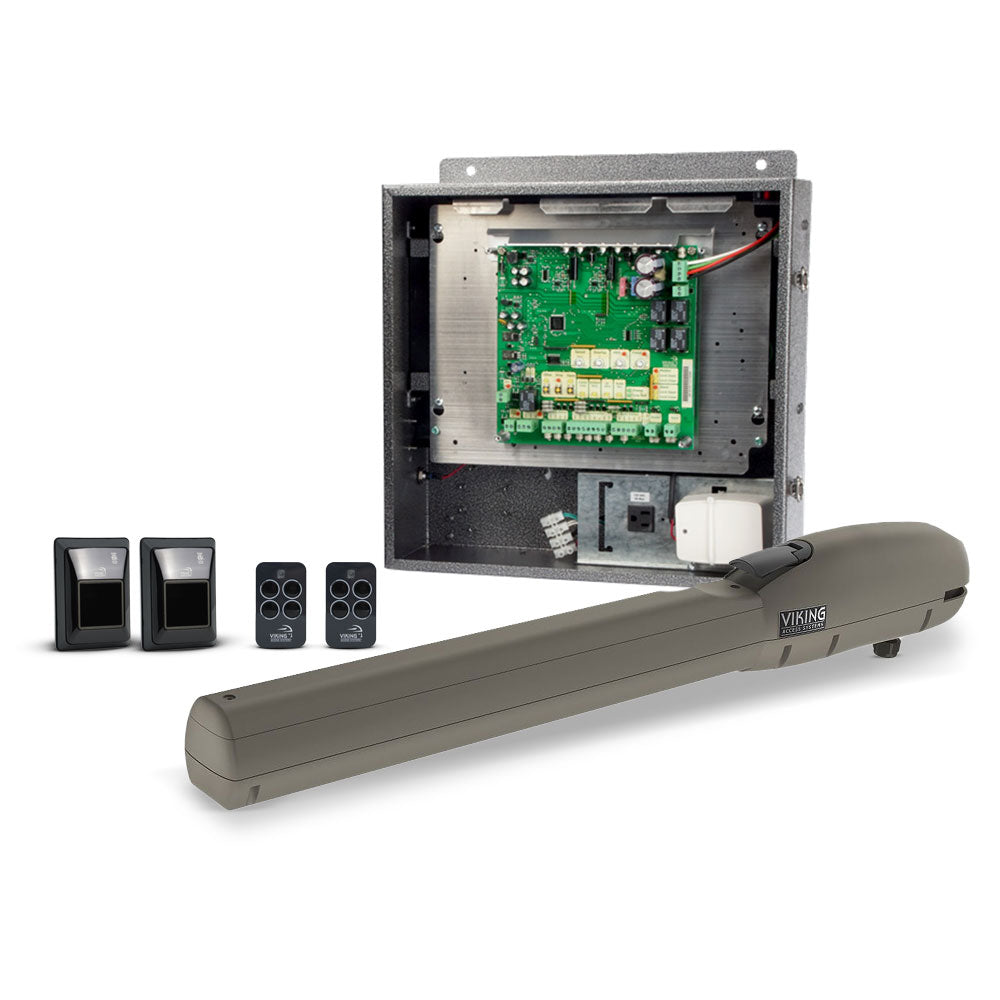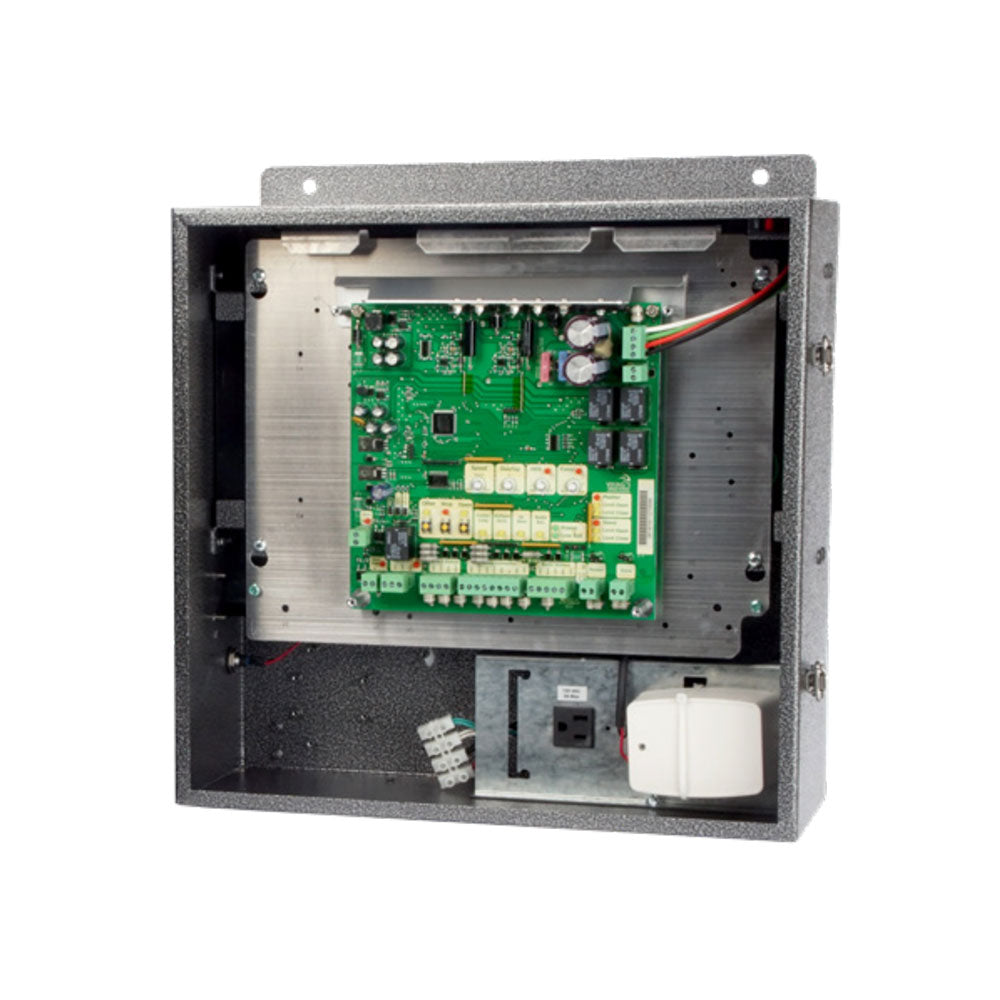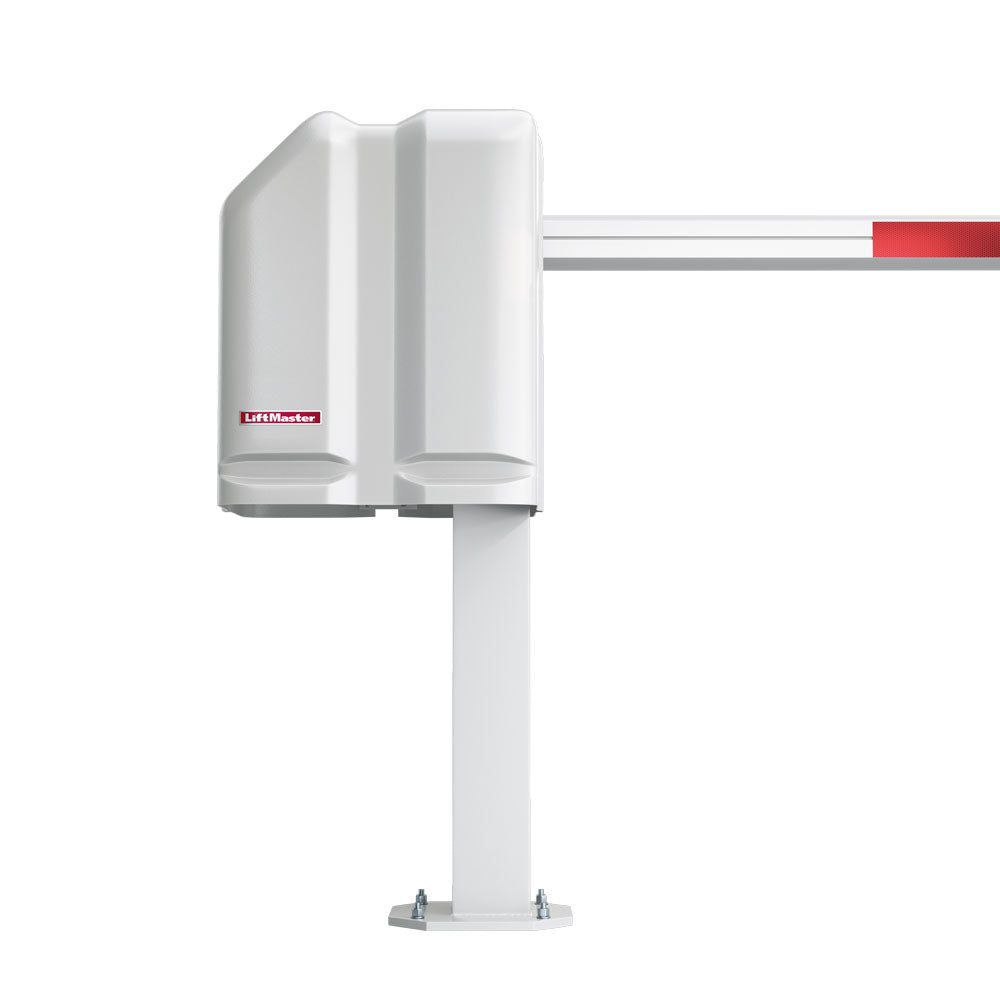Securing Your Perimeter: The Importance of Effective Vehicle Access Systems
Vehicle access systems are the gatekeepers of your property's perimeter, ensuring only authorized vehicles gain entry. These systems are critical for businesses and managed properties, serving as a first line of defense against unauthorized access, theft, and potential security breaches. A well-implemented system not only enhances security but also streamlines traffic flow, improving operational efficiency and overall site management. Whether it's a bustling commercial complex or a residential community, controlling vehicle entry is paramount for maintaining a safe and secure environment.

Without a smartly enhanced vehicle access system, properties are vulnerable to a myriad of issues. Unauthorized vehicles can gain entry, leading to theft, vandalism, and safety hazards. Imagine a scenario where a delivery truck enters a gated community without proper authorization, potentially posing a risk to residents. Or consider a business parking lot where unauthorized vehicles occupy valuable spaces, hindering employees and customers. In industrial settings, the lack of controlled access can compromise sensitive materials or equipment, leading to significant financial losses and security breaches.

Today, the All Security Equipment blog will delve into three prevalent forms of vehicle access systems, providing an analysis of their respective pros and cons. The aim is to equip property managers and business owners with the knowledge needed to make informed decisions about their security infrastructure. By understanding the nuances of each system, you can select the solution that best aligns with your specific needs and operational requirements.
Digital Access Control Keypad Systems
Digital Access Control Keypad Systems offer a straightforward and budget-friendly approach to vehicle access control. These systems rely on users inputting a predetermined code via a keypad to gain entry. Once entered, the system verifies the code against an internal database to grant or deny access. While simple to implement, it's essential to recognize that this method can be less secure than more advanced systems, as codes can be easily shared or compromised.
Benefits:
-
Low cost and easy to install.
-
Provides a simple and reliable method of access control.
-
Can be programmed with different levels of access permissions.
-
Can be used with different types of access codes, such as PIN numbers or swipe cards.
-
Offers a higher level of security than traditional lock and key systems.
Drawbacks:
-
Keypad codes can be shared or compromised, potentially leading to unauthorized access.
-
Requires manual entry of codes, potentially leading to user error or delays.
-
Keypad buttons may become worn or damaged over time, leading to malfunction or failure.
-
Limited ability to monitor or track access control activity.
-
Does not provide the same level of convenience as other access control options.

For a reliable digital access control keypad system, we recommend the AWID KP-6840. AWID’s Sentinel-Prox Proximity Reader KP-6840 is a combination PIN pad and Switchplate-style reader, designed for high-security applications requiring dual verification.

With a read range of 6 to 8 inches, this reader delivers exceptional value without compromising quality, durability, or performance for both indoor and outdoor applications. The KP-6840 is a fully-featured Wiegand and RS-232 compatible reader with an LED and Annunciator, suitable for small and large volume OEM and Dealer installations. Its rugged design, epoxy-potted electronics, and versatile interface make it an excellent choice for properties seeking a balance of security and affordability.
Card Access Systems and Proximity Access Cards

Card access systems utilize cards or fobs with embedded microchips to communicate with the access control system. Upon presentation, the system verifies the card's identity against an authorized list, granting access if a match is found. This method provides a balance of security and convenience, making it a popular choice for many properties.
Benefits:
-
Easy to use and can be programmed with different levels of access permissions.
-
Offers a high level of security, with encrypted data and authentication protocols.
-
Can be integrated with other security systems, such as video surveillance.
-
Provides a reliable and trackable method of access control.
-
Can be used for both physical and logical access control.
Drawbacks:
-
Can be lost, stolen, or cloned, potentially leading to unauthorized access.
-
Requires additional hardware and infrastructure, such as card readers and access control software.
-
Can be subject to wear and tear or damage, potentially leading to malfunction or failure.
-
Can be vulnerable to hacking or data breaches, especially if the system is not properly secured.
-
Card replacements and management can be time-consuming and costly.

For a reliable and versatile Card Access System, we recommend the Security Brands SecurePass CR1 Wiegand Proximity Card Reader. This reader offers seamless access control functionality, supporting a wide range of card and fob types, including SecurePass, HID®, HID-compatible, and EM cards. Its compatibility with the industry-standard Wiegand protocol ensures it can integrate with any 26- or 37-bit Wiegand controller, providing flexibility for various security setups.

The SecurePass CR1 is designed for both indoor and outdoor use, featuring durable alloy construction and potted circuitry to withstand the elements. With its simple LED and audible-tone feedback, it provides clear access status indicators, and its tamper-resistant cover adds an extra layer of security. Backed by a 2-year limited warranty, this card reader is a solid choice for properties seeking a dependable proximity card access solution.
UHF RFID Access Control Systems

UHF (Ultra High Frequency) RFID systems provide a robust solution for long-range vehicle identification. Operating at a higher frequency, these systems can read tags from a greater distance compared to other RFID technologies, making them ideal for applications requiring efficient vehicle throughput, such as toll roads and parking lots. This technology enables the identification of vehicles at a distance, streamlining access control processes.
Benefits:
-
Greater range and read speed compared to other RFID frequencies.
-
Can identify multiple vehicles simultaneously, reducing wait times.
-
Can be integrated with other security systems, such as surveillance cameras.
-
More secure than low-frequency RFID due to the difficulty of replicating UHF tags.
-
Can be used in a variety of weather conditions and environments.
Drawbacks:
-
Interference from other radio signals can affect performance.
-
May require more power to operate, leading to higher energy costs.
-
More expensive than other RFID frequencies.
-
UHF signals can be absorbed or reflected by certain materials, causing issues with detection.
-
UHF tags can be more sensitive to orientation and require proper placement for optimal performance.

For a reliable UHF RFID Access Control System, we recommend pairing the Nedap UHF Windshield Tag Tamper Resistant W26 (US) with the Nedap uPASS Target reader. The Nedap UHF Windshield Tag offers cost-effective, long-range vehicle identification, with a read range of up to 10 meters with the uPASS Target.

This passive, battery-free tag is EPC Gen 2 compatible and features optional tamper resistance, making it ideal for secure vehicle access in parking applications, gated communities, and offices. Complementing the tags, the Nedap uPASS Target is a high-end UHF RFID reader designed for long-range vehicle identification. It boasts a robust design, IP66 protection, and versatile communication interfaces, including Wiegand, Ethernet (PoE), RS422, and RS485. Its ability to operate with passive UHF tags and offer adjustable read ranges makes it a powerful and flexible solution for demanding access control environments.
Optimizing Security and Efficiency with Modern Vehicle Access Systems
Implementing these advanced vehicle access systems can significantly enhance the experience for both property managers and users, while also boosting property value and operational efficiency. For businesses, streamlined access control translates to reduced wait times, improved traffic flow, and enhanced security, fostering a more professional and efficient environment. In residential communities, these systems provide residents with a sense of security and convenience, contributing to increased property values and resident satisfaction.

Whether it's a keypad system for basic access, RFID for long-range identification, or card readers for versatile control, these solutions offer tailored benefits that positively impact daily operations and long-term property value. By investing in an advanced access control system, property managers and business owners can create a safer, more efficient, and more desirable environment.
If you're ready to upgrade your property's security and efficiency with any of these advanced vehicle access systems, don't hesitate to contact the All Security Equipment customer service team. Our experts are prepared to guide you through the selection process, providing personalized recommendations and ensuring seamless installation. Reach out to us as soon as possible to discuss your specific needs and discover how we can help you implement the perfect access control solution for your property.


